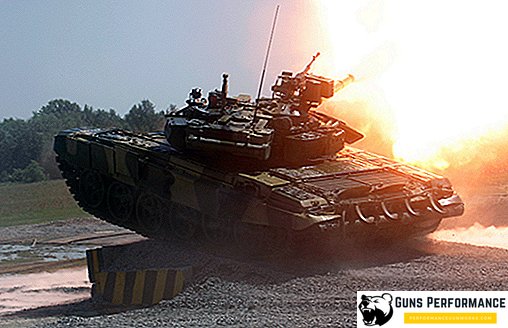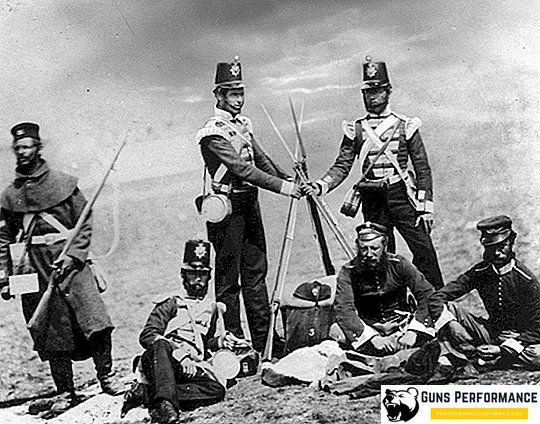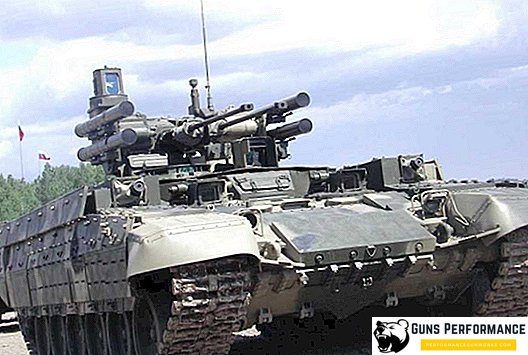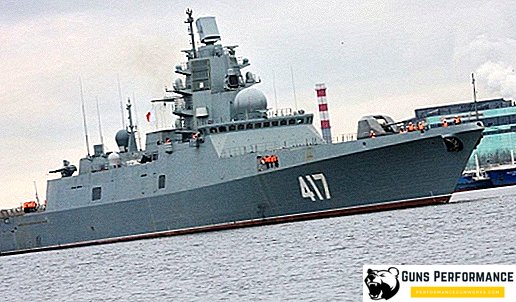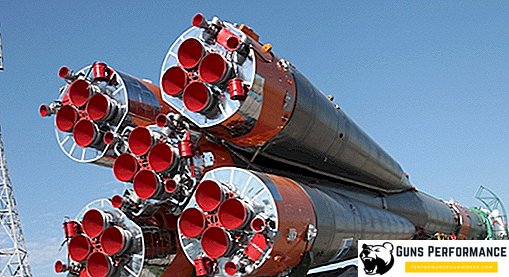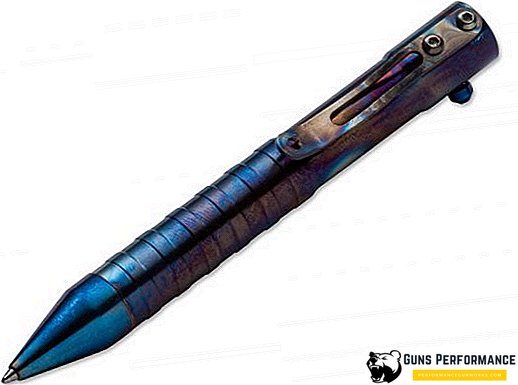
The ZIS-151 truck is the first domestic all-wheel drive truck vehicle. In order to improve road performance, the car is equipped with three driving axles. The ZiS-151 was being developed as a replacement for the American Studebaker and Chevrolet trucks, which constituted the main fleet of the Soviet armed forces and the national economy.
Serial production and modifications
The beginning of the project work on the creation of a domestic off-road truck, capable of replacing land and trophy cars in the army and in the national economy, was laid immediately after the end of World War II. The first two prototypes of the ZIS-151-1 and ZIS-151-2 were already ready in 1946. After a long march test, which was conducted during the whole of 1947, the car under the brand ZiS-151 was recommended for mass production.
The place of production of the future car was chosen Moscow Automobile Plant them. Stalin, the current ZIL.
Serial production was carried out from 1948 to 1958. In total, 194,559 cars in various modifications have been rolled off the factory assembly line.

Technical characteristics of the truck ZIS-151
- Weight without load - 5.58 tons
- Length - 6.93 m, width - 2.32 m, height - 2.16 m, ground clearance - 260 mm.
- The wheel formula is 6 × 6.
- Engine 6-cylinder gasoline.
- Power - 92 hp
- Loading capacity - 4500 kg.
- Fuel consumption per 100 km - 42 l.
- Maximum speed on the highway - 55-60 km / h.
The ZiS-151 truck served as a technical base for the creation of a whole family of combat vehicles. On the platform ZIS-151 produced MLRS BM-13-16 and BM-14-16. One of the most effective technical solutions was the release of the first domestic armored personnel carrier BTR-152, assembled on the basis of the chassis of the ZiS-151 vehicle. The machine did not take direct part in the hostilities. The ZIS-151 was used as a vehicle of the Soviet Army motorized rifle troops during the Hungarian events of 1956 and with the introduction of Soviet military units in Czechoslovakia in 1968.
Photo machine




